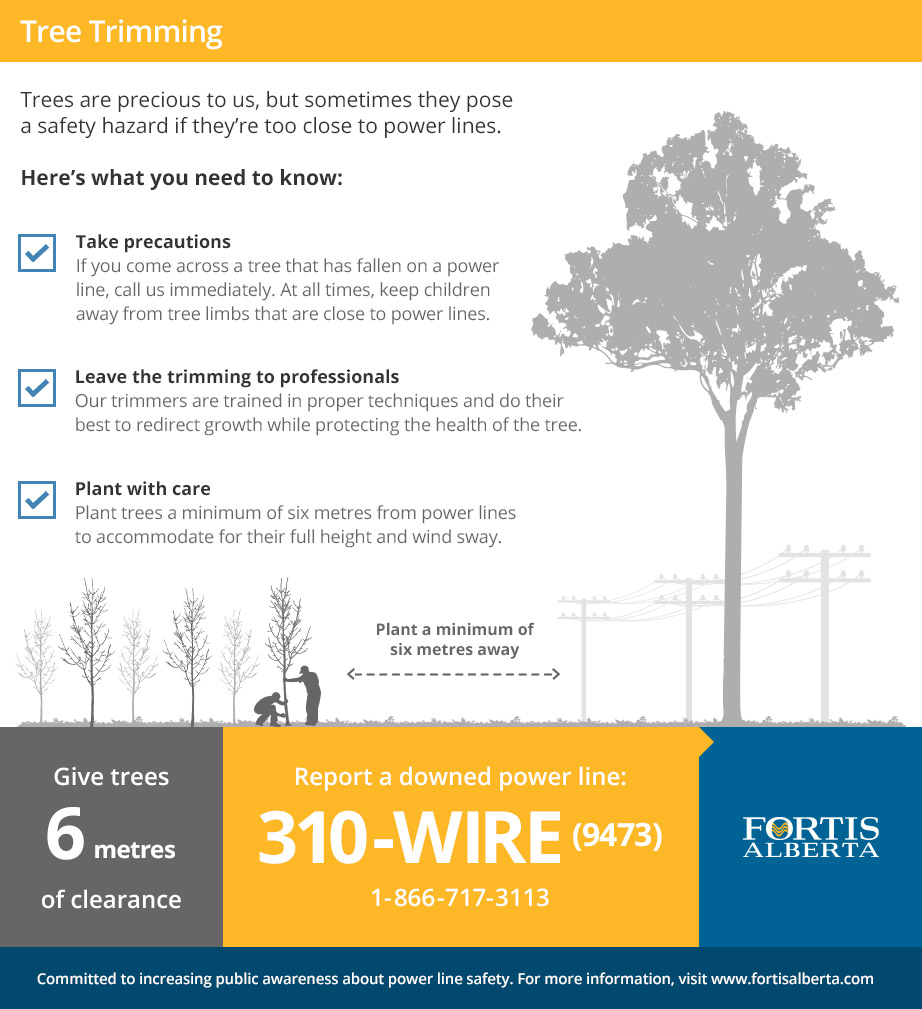The Environmental Influence Of Stump Grinding: A Lasting Solution For Effective Land Management
The Environmental Influence Of Stump Grinding: A Lasting Solution For Effective Land Management
Blog Article
Post By-
When it concerns land management, have you taken into consideration the long-lasting benefits of stump grinding? By dealing with the remnants left after tree removal, this technique not only help in soil wellness renovation yet additionally plays a critical role in stopping erosion and sustaining biodiversity. The environmental benefits of stump grinding prolong far beyond plain aesthetics, using a sustainable option that balances with nature's elaborate systems.
Soil Health And Wellness Renovation
Wanting to enhance the high quality of your soil? Stump grinding can be a game-changer for enhancing soil health and wellness on your residential or commercial property. By eliminating old tree stumps, you're producing room for new development and permitting important nutrients to return to the soil.
As the stumps break down gradually, they release organic matter, improving the soil and advertising far better plant development.
In trees auckland , stump grinding helps to freshen the soil, allowing for better water infiltration and root growth. more information can prevent plant growth and water absorption, but by grinding stumps, you're loosening the dirt and creating a healthier setting for your plants.
In addition, stump grinding can also help to avoid pest problems and conditions that old stumps may bring in. By eliminating these prospective risks, you're developing a more secure and much more productive landscape.
Disintegration Avoidance
To avoid dirt erosion efficiently, stump grinding plays a vital function in keeping the security and stability of your land. By removing unsightly stumps from your building, you're likewise lowering the danger of disintegration caused by water runoff. Stump grinding removes obstacles that can interfere with the all-natural circulation of water across your land, protecting against soil disintegration at the same time.
When stumps are left untouched, they can function as obstacles to water circulation, triggering dirt to wash away during heavy rainfalls. This erosion not only harms your land yet also contributes to sedimentation in close-by water bodies, harming marine ecosystems.
Stump grinding assists to prevent these issues by leveling the ground and promoting appropriate drainage, reducing the probability of disintegration.
Biodiversity Support
Preserving healthy biodiversity on your land is vital for developing a growing ecosystem. By utilizing stump grinding as a sustainable land management method, you can substantially sustain biodiversity.
Stump grinding assists promote biodiversity by producing new habitats for numerous plant and animal species. The elimination of stumps allows for the regrowth of indigenous vegetation, which consequently brings in a diverse series of wild animals. Bugs, birds, and tiny animals grow in these newly obtainable areas, adding to the general biodiversity of your land.
Additionally, stump grinding aids avoid the spread of illness and pests that can hurt plant types, therefore guarding the ecological balance on your home. By removing old stumps, you produce space for new plant development, which improves the general wellness of the ecological community.
This much healthier setting sustains a wider selection of types, promoting biodiversity and producing a more resistant community in the long term. Accepting stump grinding as part of your land management technique can have long-term positive results on the biodiversity of your land.
Final thought
By using stump grinding as a sustainable approach to land management, you can enhance dirt wellness, protect against erosion, and support biodiversity. This eco-friendly technique not just benefits the environment but also advertises the development of greenery and creates environments for numerous plant and pet types. Make a positive influence on the environment by integrating stump grinding right into your land management techniques.
